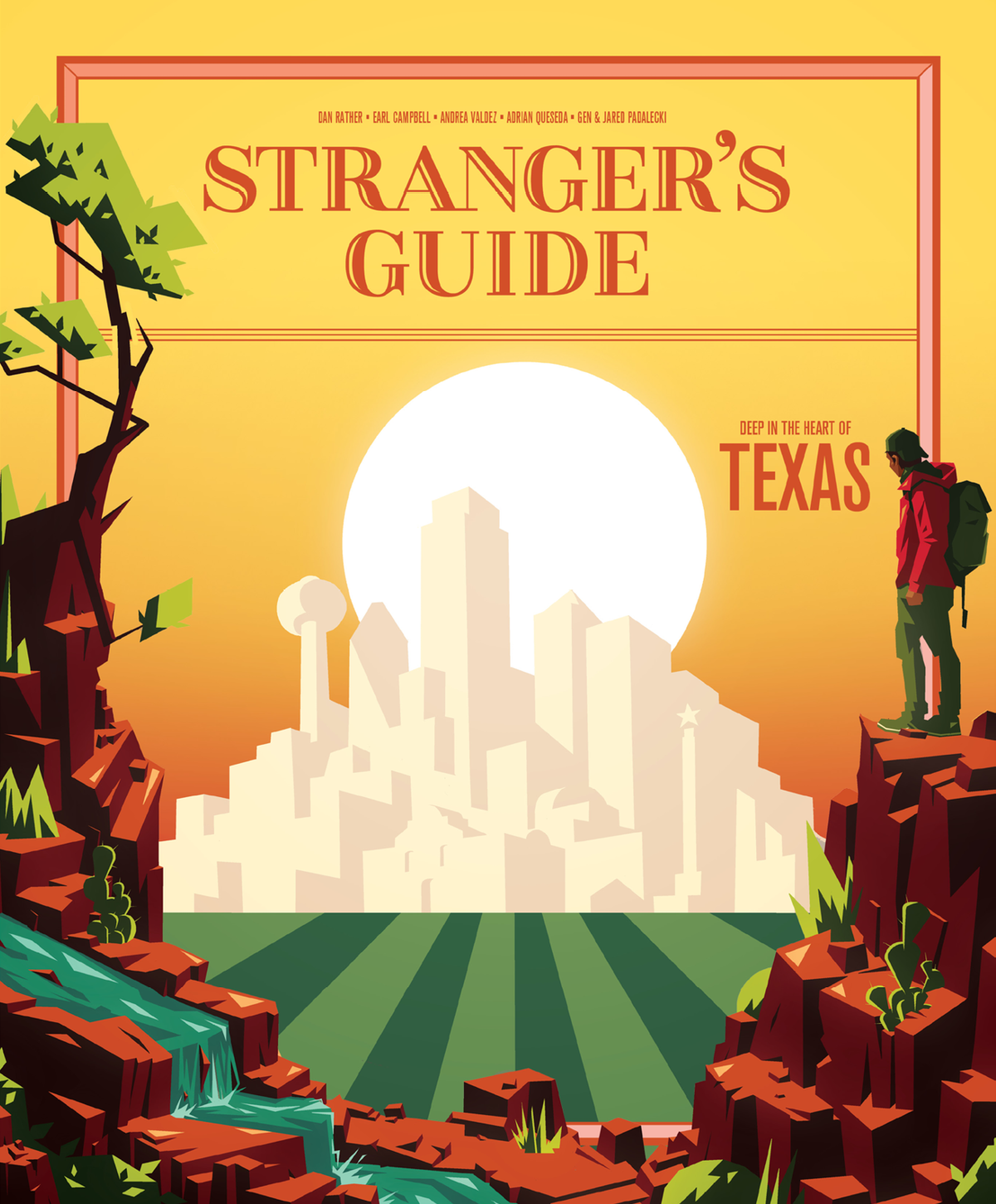It’s as much a religion in Texas as cheerleading and has the attention to detail of a prom. Amalia Hernández started Ballet Folklórico in Mexico in the late 1950s. The new dancing style fused Mexican mestizo with indigenous and modern dance techniques. Folklórico is now offered as a program in schools throughout Texas, allowing students to immerse themselves in the color and costumes of Mexico and represent that culture through regional dance.
Today, there are three major statewide competitions: Competencia Folklórico de Tejas, the San Antonio Nation- al Folklórico/Contemporary Dance Competition and La Feria de South Texas College. Grupo Folklórico Tabasco at La Joya High School has performed for two presidents: George H. W. Bush and Bill Clinton. University recruiters even search for talented high school folklóristas the same way football scouts find players.
Its benefits extend well beyond the joy of participation, however. A 2019 study found that participation in high school folklórico had a positive effect on Latinas’ confidence, networking and post-secondary education. Dancers like Jennifer Lozano, who started folklórico dance classes while she was in middle school in Texas and carried it on while studying at the University of Texas in the Rio Grande Valley, have truly thrived. In 2019, she was accepted to the world-renowned professional dance company Ballet Folklórico de México in Mexico City.



